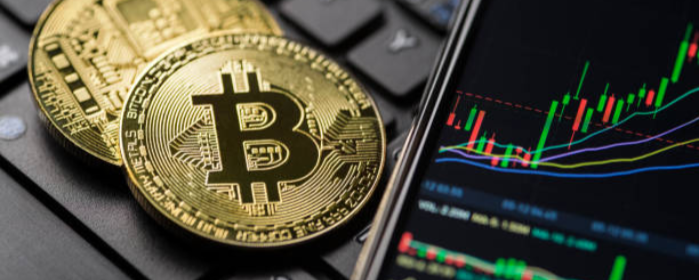Metaplanet has increased its Bitcoin holdings to over 20,000 BTC following a recent purchase of 136 coins, made at an average price of around $112,000 per unit, representing an investment of about $15.2 million. With this move, the total now stands at 20,136 BTC, with an estimated value of more than $2 billion, reinforcing its position as a key player in the global crypto ecosystem.
In addition, the acquisition boosted its “BTC per fully diluted share yield” metric: in the second quarter it grew by 129.4%, and by the end of the third quarter it has already reached 30.8%. Thanks to this performance, Metaplanet is now the sixth-largest public company holding Bitcoin, surpassing Riot Platforms and gaining increasing attention in international markets.
Ambition and expansion
Metaplanet’s strategy is clearly long-term: the company expects to close the year with 30,000 BTC and aims to reach 210,000 BTC by 2027. This figure would represent nearly 1% of Bitcoin’s total supply and could have a potential value exceeding $20 billion. To finance this ambitious plan, the company secured shareholder approval to issue up to 550 million new preferred shares, with the goal of raising around $884 million for further BTC purchases. The involvement of Eric Trump as a strategic advisor and his presence at the shareholder meeting highlight the political and media dimension of the initiative, which also enhances the company’s visibility beyond Asia.

Strategic context and background
Originally a hotel developer, Metaplanet decided in 2024 to pivot its business model toward Bitcoin accumulation as a strategic treasury asset, following the path of MicroStrategy. This shift has allowed it to become what many call the “Asian MicroStrategy”, with a sustained accumulation plan and significant financial backing that open the door to an increasingly global projection.
Conclusion
With more than 20,000 BTC on its balance sheet, Metaplanet establishes itself as one of the world’s largest corporate Bitcoin holders. Its strategy reflects the growing institutional adoption of the asset but also carries significant risks related to volatility, regulation, and treasury concentration. The company’s progress will serve as a barometer for how corporations balance innovation, risk, and financial sovereignty in a global environment defined by the digitization of value and the search for new investment alternatives.

